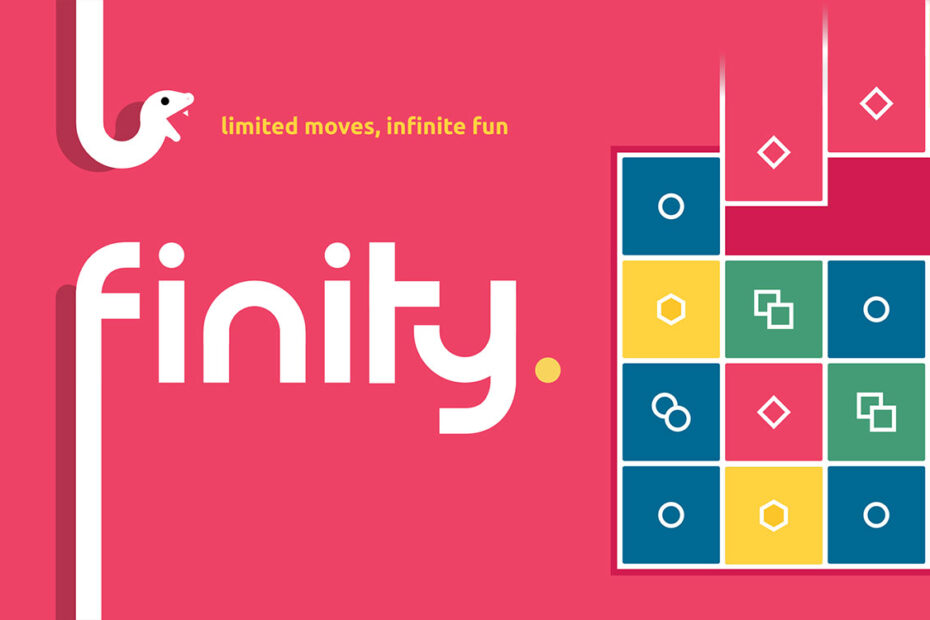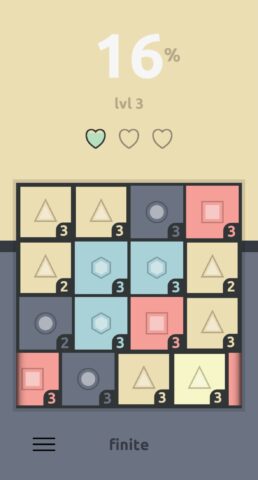Developer: Seabaa, Inc.
Price: Apple Arcade
Size: 107 MB
Version: 1.0.6
Platform: iPhone & iPad
It’s often tempting to conclude that the oversaturated match-three puzzler genre is done for new ideas, but now and then a game will come along to make such proclamations look foolish. Finity is just such a game.
Available to play with an Apple Arcade subscription, Finity doesn’t offer anything radically new or different. However, its considered spin on combining coloured tiles on a grid is just fresh enough to warrant attention.
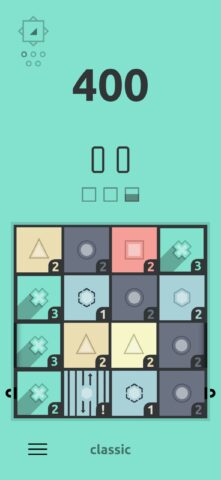
You need to match three special tiles to finish
At the outset you’re presented with a familiar 4 x 4 grid of coloured tiles. The first interesting note is that when you touch to drag those tiles, the entire row or column moves in the four cardinal directions. They also loop around, so colours that drop off the bottom will appear at the top.
In the game’s excessively gentle and drawn-out introductory phase, you’ll then be introduced to numbers, and this is where the game’s fiendish heart lies. Every move you make counts each square’s timer down a single digit. When they hit zero, they lock in place, either along one plane or completely.
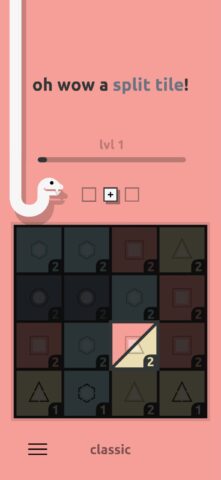
The game takes great pains to explain new elements
If three or four tiles become locked at once, it can create a massive logjam that’s extremely difficult to work free.
Thankfully, there are remedial tools at your disposal. While matches of three colours are your bread and butter, a four-tile match will add a digit to every tile of that colour.
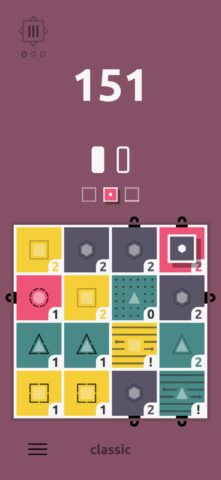
Power-up tiles are invaluable
Successful matching will also spawn special tiles that will add a digit or a colored tile that will swap in for another, to name but two.
It’s a nicely balanced system that can feel like the easiest, most casual experience, particularly early on. Once things ramp up, and additional rule modifiers are introduced (split tiles are a doozy), the challenge seriously ramps up and you’ll need to think about every move.
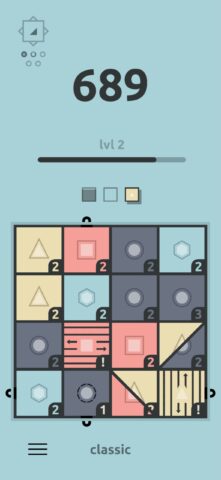
Tiles can be locked to a particular direction, or completely
All this would be for nought if the game wasn’t fun to interact with. Thankfully, it’s a delight, with brilliantly tactile haptic feedback, fluid animation, and a steady drip feed of fresh themes.
After playing a little of the default Classic mode, you’ll also unlock Tempo mode. Suddenly there’s a pounding rhythmic soundtrack and an encroaching time bar that dictates your next move, necessitating quicker decision-making.
Finity isn’t without its frustrations. Playing with a gummed-up grid isn’t a lot of fun, and the fact that you often won’t be able to identify where you went wrong can be a sticking point.
However, as a slick and more importantly fresh spin on one of the oldest mobile game genres, it’s a triumph.
